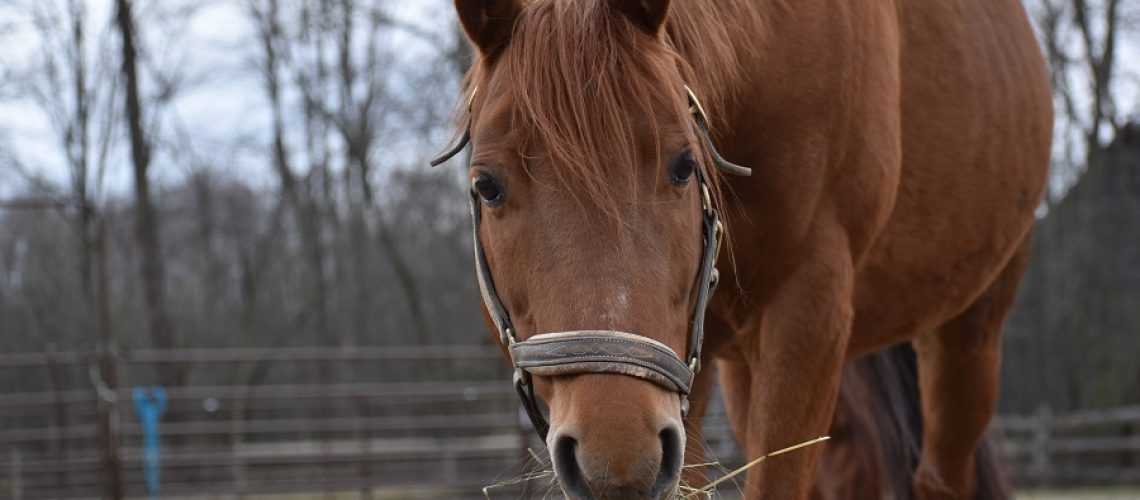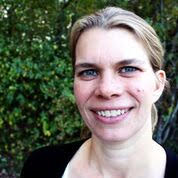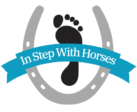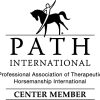

Chris Goodall, LISW-S
Chris has 20 years of experience as a social worker, 15 years of which have included providing Equine Assisted Services to clients with a range of needs including addiction and serious mental illness. She has trained in a number of evidence-based psychotherapies that can be applied in the office or the arena and is a Certified Daring Way™ Facilitator. She is currently a member of the Professional Association of Therapeutic Horsemanship International (PATH Intl) and part of the Human Equine Relational Development (HERD) Institute.
What is Wellness?
Our tagline at In Step With Horses is: take the next step to wellness. This month we will explore the concept of wellness and what it means in 2022.
I started preparing this blog with a simple google search on wellness. Google led me to Pfizer’s definition of wellness: The act of practicing healthy habits on a daily basis to attain better physical and mental health outcomes so that instead of just surviving you’re thriving. Depending on the site, you might find a 4, 5, 6, 7, or 8 dimensional model of wellness and additional definitions that included: an active process through which people become aware of and make choices toward a more successful existence, and a conscious, self-directed, and evolving process of achieving full potential. In a Canadian Veterinary Journal from 2017, Debbie Stoewen discussed achievement of wellness through self-regulation, habits, and self-awareness. She concluded that all dimensions impact each other, but we may not achieve them all equally. Work on achieving personal harmony.
Something within these definitions felt off to me. There is a high expectation for the ability personally shift our experience within each dimension without acknowledging that things happen to us (the trauma-informed perspective) both related to personal health and on a cultural level. I had the impression that there was a “right” way to do wellness, and that in failing to thrive or achieve our full potential, we are doing it “wrong.” Further, the articles I found didn’t seem to account for socioeconomic differences that may block access to wellness practices or talk about how to incorporate healthy habits when you are struggling with food insecurity or lack of housing. Wellness is a $5 trillion dollar industry that at times feels commercial, and yet it is essential. How does wellness interact with socioeconomic disparities, trauma, and the aftermath of the pandemic? In a deeper dive I was able to find some answers to how the wellness industry and the trauma-informed care movement overlap.
Workforce Wellness
Workforce wellness addresses intrapersonal, interpersonal, and systemic/organizational wellness, and it can be incorporated into a trauma-informed environment. The Ohio Department of Developmental Disabilities has a wellness project that encourages the creation of spaces in the workplace where staff can go to process difficult moments, engage in healing practices, and generally have a space to express a full range of emotions in a healthy way while at work. These spaces should lead to less burnout and more availability to provide trauma-informed care to clients. Another great workplace wellness resource is Trauma Informed Oregon. Trauma Informed Oregon addresses workforce wellness through a trauma-informed lens. They provide organizational tools for implementing trauma-informed wellness practices in the workplace including a applying trauma-informed principles to staff meetings. They also define and identify sources of toxic stress in the workplace and give tips on how to improve burnout and reduce toxic stress.
Achieving Global Wellness
My search eventually brought me to the Global Wellness Institute which answered all of my questions about incorporating socioeconomic disparities, cultural awareness, and trauma-informed care into the wellness arena. The Institute has developed initiatives to address these needs. Their definition of wellness is the active pursuit of activities, choices, and lifestyles that lead to a state of holistic health, and they consider a 6-domain model of wellness that incorporates physical, mental, emotional, spiritual, social, and environmental wellness. Furthermore, the Global Wellness Institute is looking at the future of the wellness industry and predict the following shifts:
- Self-care moves from pampering and escapism to a means for self-preservation and survival
- Prevention becomes a lifestyle and a bigger public health priority
- Wellness and science move closer together
- We will lean into nature for nourishment and healing
- Balancing physical and virtual connections becomes critical
- Mental wellbeing takes center stage
- An ongoing global “value reset” means people will seek more economic, environmental and social justice as well as more meaning in life
I appreciate these shifts and look forward to being part of the change people wish to see in themselves and the world. I hope these resources are helpful on your wellness journey.
Here at In Step With Horses, we will continue to work with staff and clients to address all 6 dimensions of wellness, improve connection, and encourage those who seek deeper meaning in their lives.

